Photography isn’t just about snapping pictures; it’s about capturing moments, telling stories, and seeing the world through a new lens—literally. Whether you’re aiming to be the next Annie Leibovitz or just want to level up your Instagram game, you’re in the right place! Get ready to dive into the exciting world of photography with style and creativity oozing from every pixel!
Table of Contents
- What is Photography?
- Tools of the Trade
- Understanding the Basics
- Shooting Your First Photo
- Post-Production Magic
- Sharing Your Snaps
- How do I start photography?
- Why is photography needed?
- Why photography is an art?
- FAQs
- Conclusion

1. What is Photography?
Forget the technical jargon; photography is the art of freezing time. It’s the magic of preserving precious moments forever through the click of a shutter.
- What is photography explained simply?
Photography is the art and practice of capturing images using light. In simple terms, it involves freezing a moment in time by recording light or other electromagnetic radiation, either electronically by using an image sensor, or chemically by using light-sensitive materials such as photographic film.
Here’s a quick breakdown:
- Capture: You use a camera to capture light reflecting off objects.
- Record: The camera records that light, turning it into an image.
- Create: The resulting image can tell a story, record an event, or express artistic creativity.
Whether you’re snapping a photo with your phone or setting up a professional shoot, photography lets you hold on to the sights and emotions of a moment, sharing perspectives and stories through visuals.
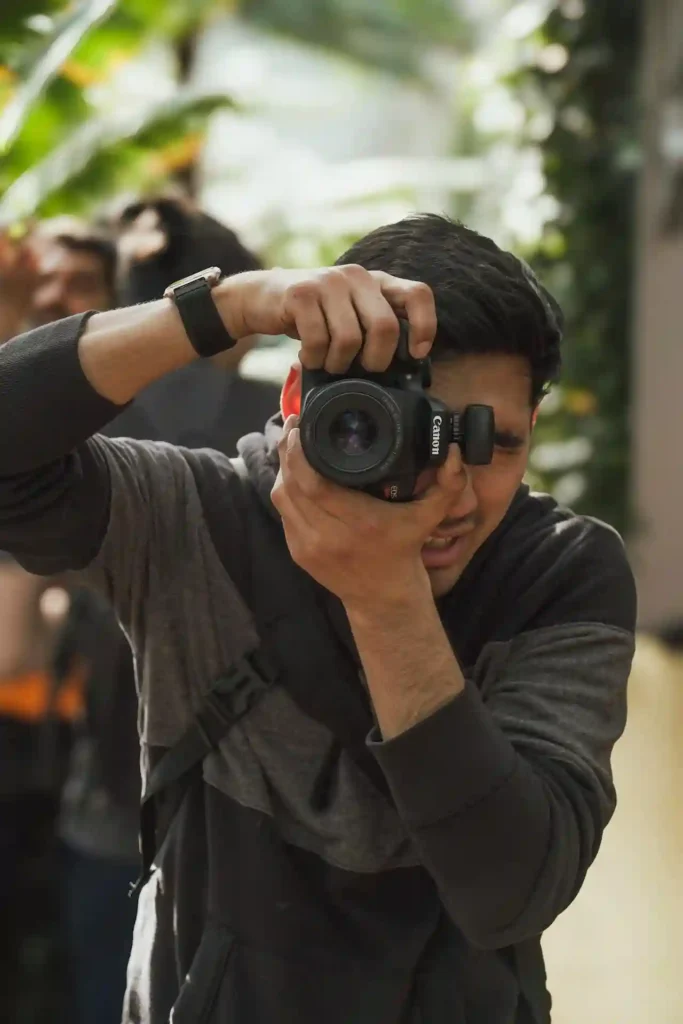
2. Tools of the Trade
Don’t get bogged down by gear envy. Here’s what you really need to start your photographic journey:
- Camera Types:
- DSLR (Digital Single-Lens Reflex)
- Mirrorless Cameras
- Point-and-Shoots
- Smartphone Cameras (Yes, that device in your pocket is a powerful camera!)
- Essential Accessories:
- Tripod (Stability is key!)
- Camera Bag (Protection meets style)
- SD Cards (Memory for your memories)
- Lens Kit (Wide, macro, telephoto… choose your weapon!)
- Starter Kit Table
| Item | Why You Need It | Budget-Friendly Option |
| Camera Body | It’s your main weapon! | Nikon D3500 |
| Tripod | For those crisp, clear shots | AmazonBasics 60-Inch |
| SD Card | More photos, more memories | SanDisk 64GB |
3. Understanding the Basics
Before you shoot, you’ve got to know what you’re working with:
Exposure Trio: Shutter speed, aperture, and ISO – the sacred trinity of photography!
Shutter Speed→How fast your camera captures the scene
Aperture→Controls the depth of field and brightness
ISO→Sensor’s sensitivity to light
Composition: Rule of Thirds, leading lines, frames within frames… this is where your photos get their ‘wow’ factor!
Composition: Rule of Thirds, leading lines, frames within frames… this is where your photos get their ‘wow’ factor!
4. Shooting Your First Photo
- Location: Start local. A park, your backyard, or your cluttered work desk.
- Lighting: Golden hours (just after sunrise or before sunset) are pure gold.
- Subject: Find something that speaks to you, or yells, depending on its mood.
- Settings: Auto mode to start, but soon, switch to manual for control freedom.
Shoot, review, repeat!
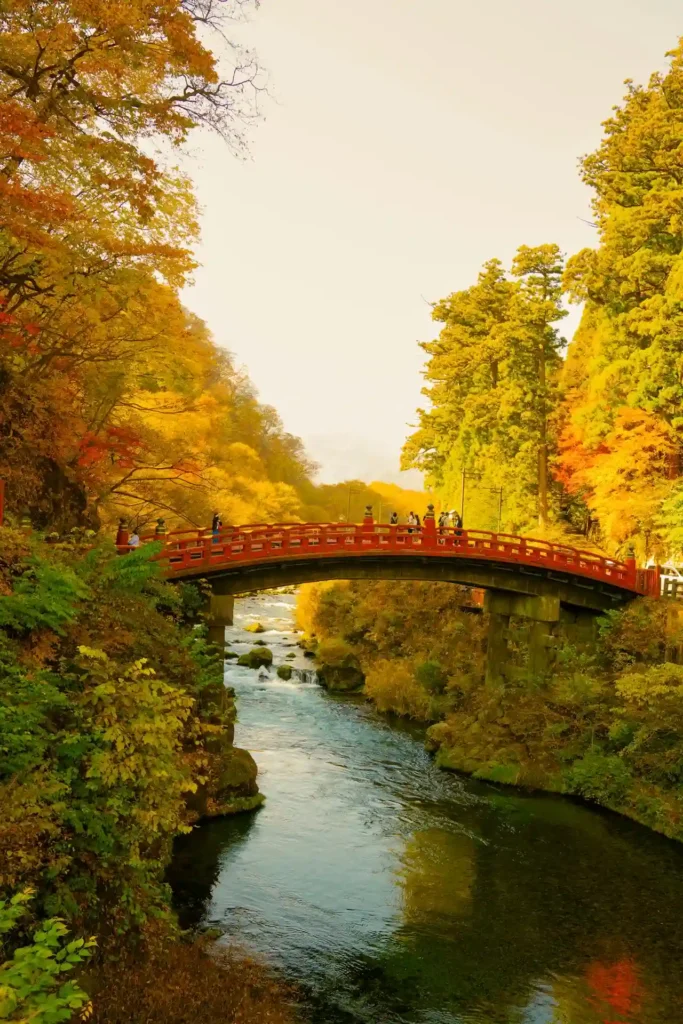
5. Post-Production Magic
Editing isn’t cheating—it’s enhancing! Tools like Adobe Lightroom and Photoshop are your new best friends.
- Basic Edits to Try:
- Adjusting brightness and contrast
- Cropping for stronger compositions
- Applying filters (sparingly!)
6. Sharing Your Snaps
Your art deserves an audience. Where to share?
- Instagram: It’s like your personal gallery.
- Flickr: For the photography purists.
- Pinterest: Inspiration and showcasing rolled into one.
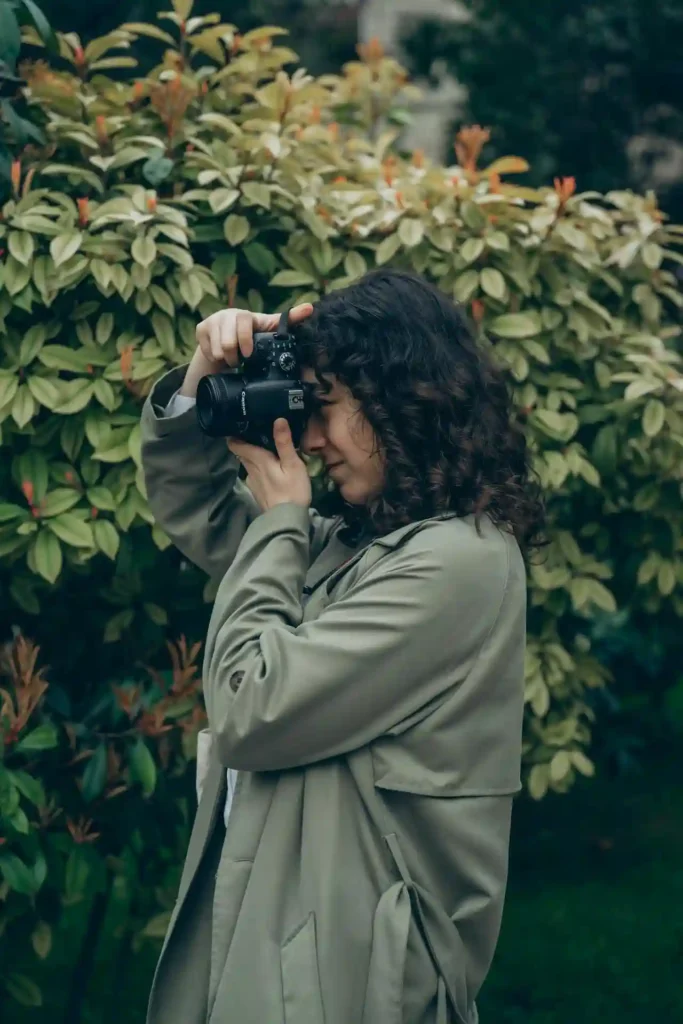
7. How do I start photography?
Diving into photography is thrilling and creative—here’s how to make that first click count!
1. Choose Your Gear
- Start Simple: A basic DSLR or a mirrorless camera is great. Even your smartphone can be a powerful tool.
- Consider Second Hand: Good quality second-hand gear can be as good as new and more budget-friendly!
2. Learn the Basics
- Understand Settings: Learn about shutter speed, aperture, and ISO.
- Read the Manual: Yes, it can be tedious, but it’s worth it.
3. Practice, Practice, Practice
- Shoot Everything: The best way to learn is by doing. Take photos of everything from your lunch to the sunset.
- Experiment: Try different settings and modes. See what happens when you tweak the ISO or shutter speed.
4. Study Others’ Work
- Get Inspired: Follow photographers on Instagram, join photography groups on Facebook, or browse websites like Flickr.
- Learn Techniques: Note what you like in their photos—composition, lighting, angles—and try to replicate or adapt it.
5. Take a Class or Tutorial
- Online Courses: Sites like Udemy, Coursera, or even YouTube offer free or paid classes that can take you from beginner to pro.
- Workshops: Check if there are any local workshops or meetups. Nothing beats hands-on learning!
6. Edit Your Photos
- Software: Start with free software like GIMP or paid ones like Adobe Photoshop or Lightroom.
- Basic Edits: Learn to crop, adjust exposure, and tinker with colors.
7. Share Your Work
- Social Media: Platforms like Instagram are great for beginners.
- Feedback and Critique: Be open to feedback. Constructive criticism is key to improvement.
8. Keep Learning and Exploring
- Stay Curious: Photography evolves constantly. Keep up with trends, techniques, and technology.
- Join Communities: Being part of a community can provide support, inspire you, and offer networking opportunities.
Photography is a journey of constant learning and fun. Grab your camera, and let’s start capturing the world one photo at a time! 🌍📸
8. Why is photography needed?
Photography is a powerful medium that serves numerous purposes and has numerous applications in various fields. Here are some reasons why photography is needed:
- Artistic expression: Photography allows artists to express their creativity and convey emotions through images. It provides a means to capture the world’s beauty, tell stories, and evoke feelings.
- Documentation: Photography is an excellent means of documenting historical events, people, places, and culture. It allows us to preserve memories and provide a visual record of the past.
- Communication: Photography can convey information and ideas more effectively than words alone. It can capture complex subjects and processes, making them easier to understand.
- Journalism: Photography is an essential tool for journalists, allowing them to tell stories and convey information to a wider audience.
- Advertising and marketing: Photography is used to promote products, services, and ideas through ads, magazines, and websites. It helps to create a visual identity and appeal to potential customers.
- Education: Photography can be used to illustrate educational materials, such as textbooks, handouts, and presentations. It can help students learn and visualize complex concepts and ideas.
- Science and research: Photography is used in various scientific fields, such as astronomy, biology, and medicine, to capture images of objects and phenomena that are difficult to observe with the naked eye.
- Entertainment: Photography can be used to create entertaining content, such as movies, TV shows, and social media posts. It can evoke emotions, tell stories, and provide enjoyment to audiences.
- Social media: Photography is an essential component of social media platforms, allowing users to share their experiences, connect with others, and express themselves.
- Personal expression: Photography can be a means of personal expression, allowing individuals to showcase their creativity, personality, and style.
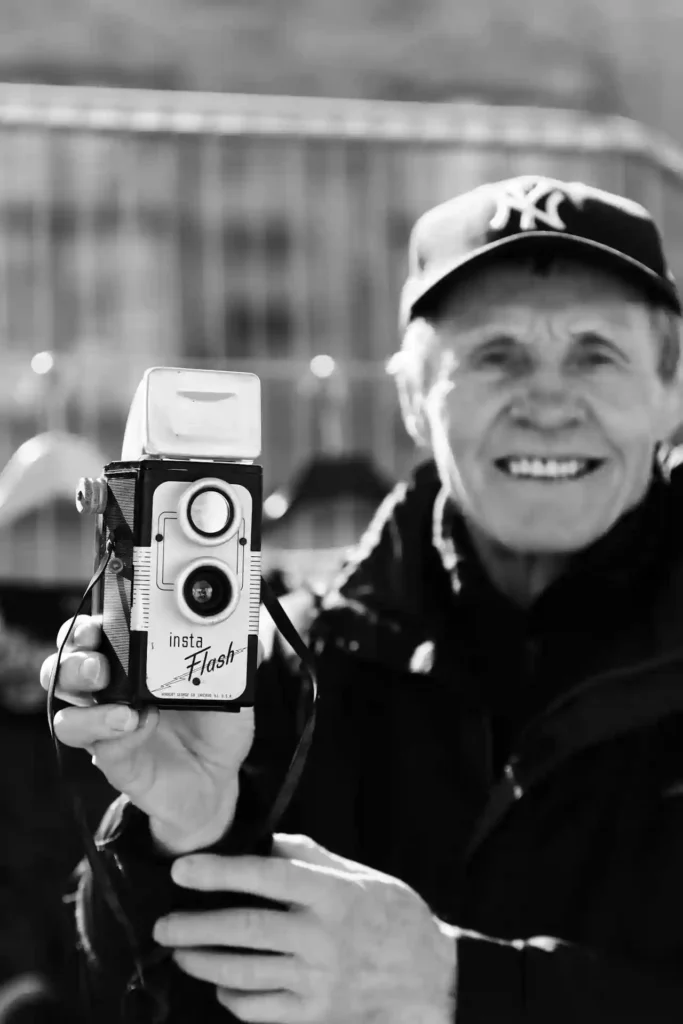
9. Why photography is an art?
Photography is considered an art for several reasons:
- Expression of Emotion: Like any other art form, photography provides a medium for the artist (the photographer) to express their emotions and communicate their perspective to the audience.
- Creativity: Photography involves a high level of creativity. From choosing the subject and composition to deciding the lighting and post-processing, every step requires creative decisions.
- Aesthetic Appeal: A well-composed photograph can be visually pleasing and evoke emotions, much like a painting or sculpture.
- Storytelling: A single photograph can tell a story, convey an idea, or capture a moment in time. This narrative aspect is a key element of many art forms.
- Technical Skill: Mastering the technical aspects of photography, such as understanding light, operating the camera, and post-processing, requires skill and practice, similar to mastering brushwork in painting or fingering in music.
So, while photography involves technology, the creative, expressive, and aesthetic aspects elevate it to an art form.
FAQs
- Q: What camera should I buy as a beginner?
- A: A budget-friendly DSLR or mirrorless that won’t break the bank but gives you room to grow.
- Q: How important is editing?
- A: As important as taking the photo itself. It’s about refining, not redefining.
- Q: Can I learn photography on my own?
- A: Absolutely! There are tons of online resources, tutorials, and courses.
Conclusion
Congratulations! You’ve just begun your journey into the world of photography. The key is to keep shooting, learning, and enjoying the process. Your next snapshot could be the one that changes your view of the world.
So, charge your batteries, pack your gear, and capture the world through your unique perspective. Ready, set, shoot!
Photography isn’t just a skill; it’s an adventure that lasts a lifetime. Let your creativity bloom, and remember,
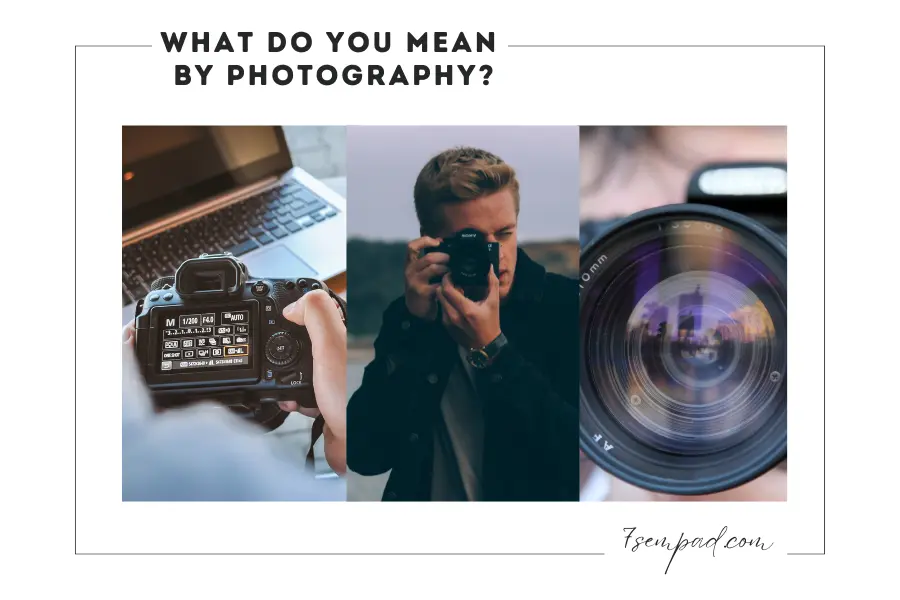
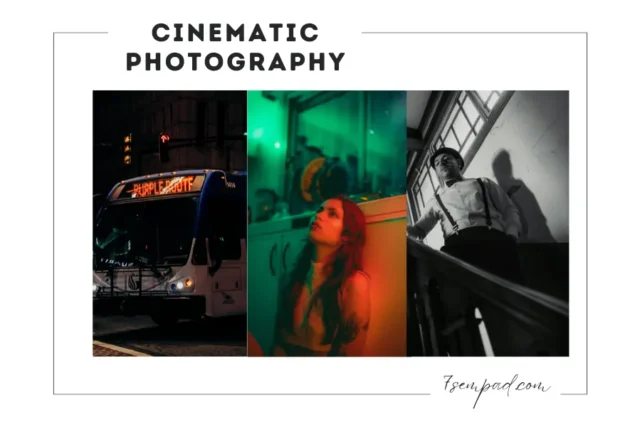
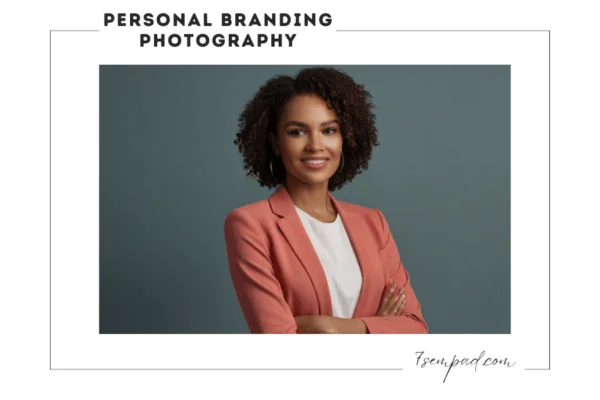
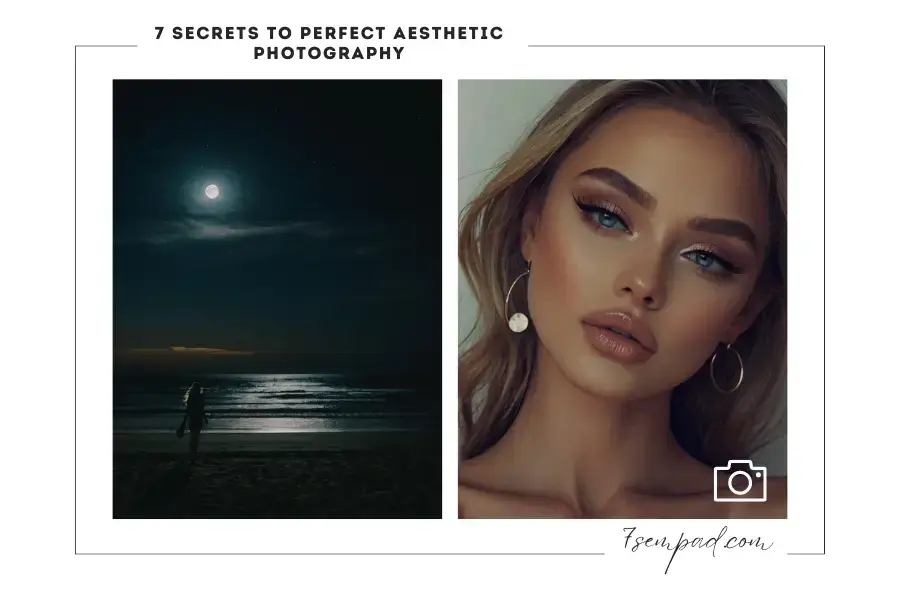
Leave A Comment